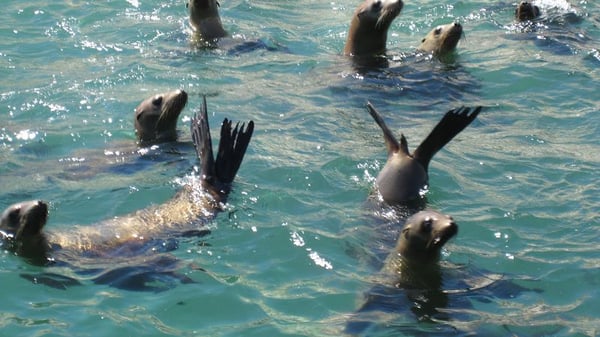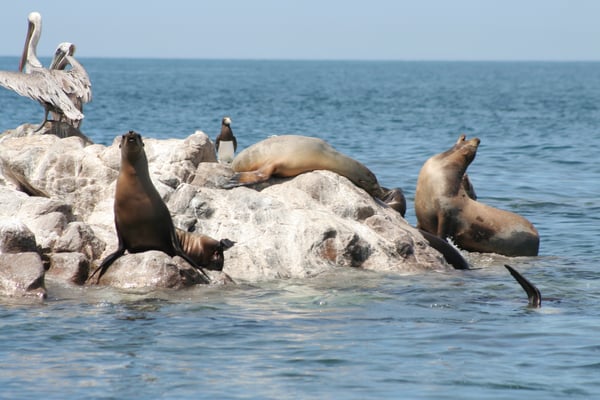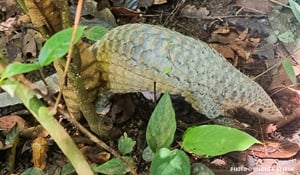Protecting the Sea of Cortez Through Educated Fishing Practices
The Sea of Cortez is famously known as the “The Aquarium of the World'' as it is one of the most biologically diverse bodies of water on Earth. This area, also known as the Gulf of California, is home to many endangered species, some of which are not found anywhere else in the world.
That's why Greater Good Charities is working with CEDO (International Center for the Study of Deserts and Oceans) to protect these species through their “Save Our Sea of Cortez Treasures: Migratory Birds, Vaquita and Sea Lions Harmed by Fishing” project.
Sea lions feed on fish species commonly targeted by fishermen, leading to a sharp increase in “entanglement events", such as getting caught in fishing gear. This also happens to Vaquitas, a unique porpoise species found exclusively in the Sea of Cortez, which are currently the most critically endangered sea mammal on the planet.

Sea Lions playing around Isla San Jorge, Sea of Cortez
Photo © CEDO, Intercultural Center for the Study of Deserts & Oceans
With an increase in incidents of marine life becoming entangled in fishing nets, Greater Good Charities and CEDO are working to provide education and training throughout the fishing community in the Sea of Cortez to conserve the delicate balance of biodiversity in the area.
The trainings focus on safe fishing practices, connecting law-abiding fishermen to responsible seafood markets that will reward their conservation efforts, and develop environmental education and outreach programs to foster community participation in the protection and recovery of marine life, with an emphasis on vaquita, migratory birds, and the rescue of sea lions entangled in ghost-nets/gillnets.

Cranes, sea lions, and a brown boobie on Isla San Jorge
Photo © CEDO, Intercultural Center for the Study of Deserts & Oceans
Due to the pandemic, fewer excursions were made by personnel over the last year to attend disentanglement events. But there is still preventative work being done, like cleanup campaigns focused on areas with high traffic of endangered species
One of those areas, San Jorge Island, is a favorite nesting site for many migratory bird species that have had a decrease in population over the last several decades such as the Least Tern (population decline of about 88% between 1966 and 2015) and the Brown Booby (population decline is believed to be about 90% in the last 100 years).
Check out this video to see The San Jorge Bay Community Monitors doing their job to protect species!
This work is only possible with support from people like you! Your donation to Greater Good Charities powers us to protect biodiversity that is essential for the health of our planet.


